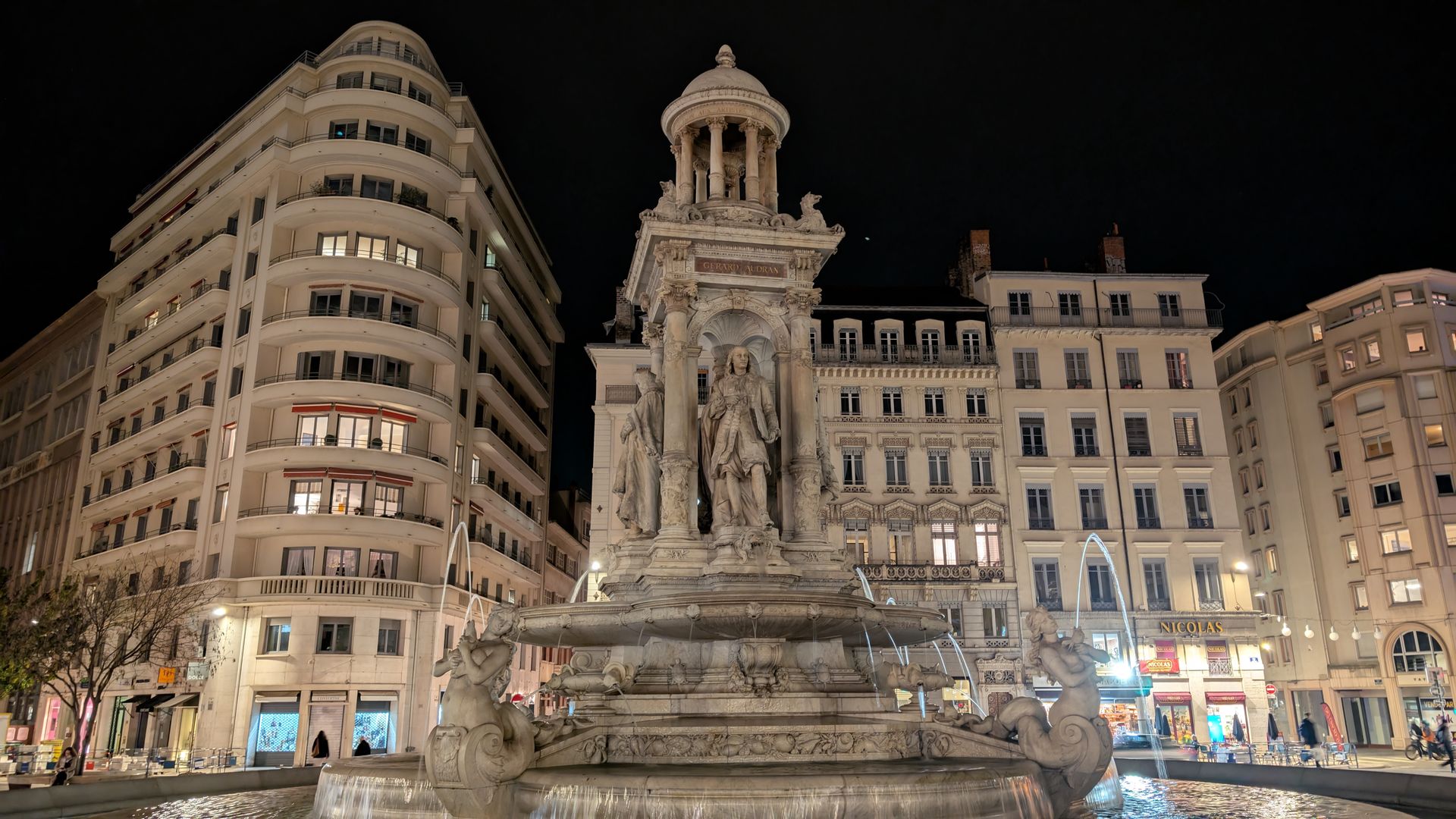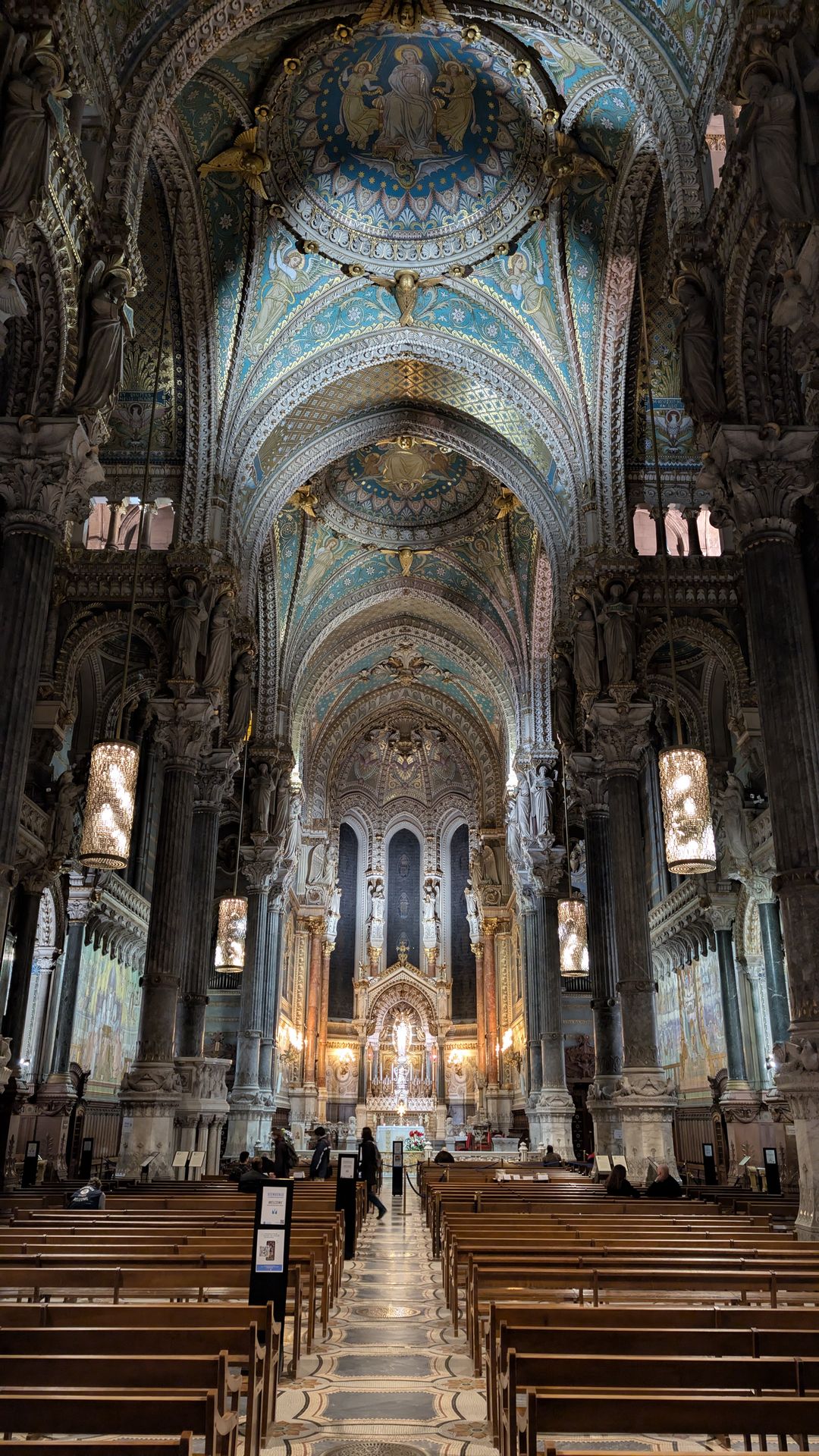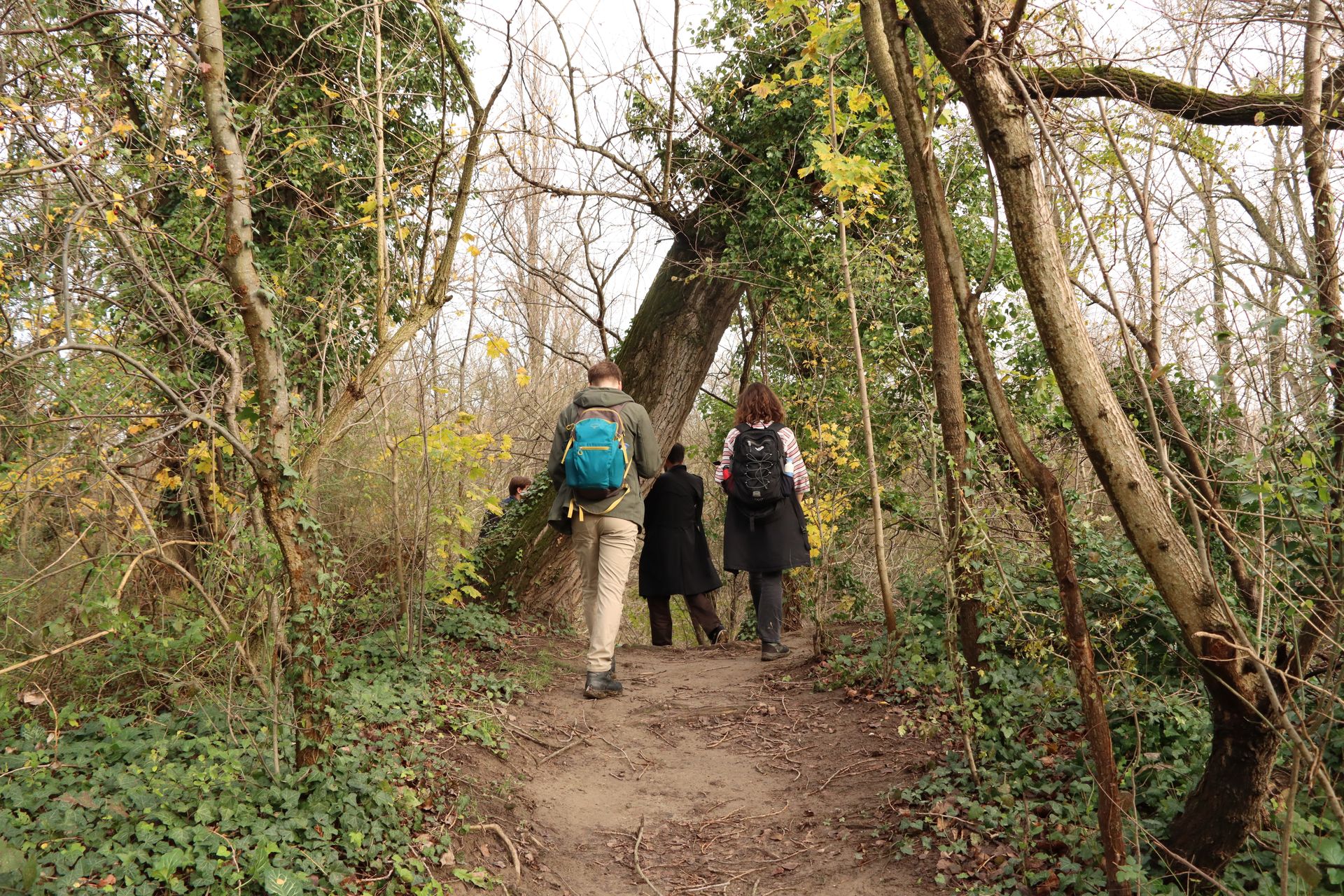ResiRiver held its second partner meeting from 27 – 29 November in Lyon, France. The hosting partner for this meeting was the GRAIE. We received a warm welcome and had an extremely productive program. Here is a synopsis of our meeting!
Day 1: Check-in, ResiRiver tools, and governance transformations
The first day began with an engaging check-in, where we explored the concept of Nature-based Solutions (NbS) and what that means to all individual partners. One quote from the discussion stood out: "Working with nature is not a choice; it is what we have to do." We also took time to dive into the concepts of mainstreaming and upscaling—two essential elements that will shape and guide our future projects. These discussions laid a solid foundation for our next steps.
Work package 3 begun the content-based sessions with a workshop focusing on the development of an assessment tool specifically for ResiRiver pilots. Next up was work package 1, who focused on refining our monitoring plans to address societal challenges, promote biodiversity, and engage stakeholders.
A highlight of the day was a presentation by Elsa Picard, who is currently completing a PhD under the ResiRiver project umbrella. She shared her expertise on stakeholder involvement in restoration projects along the Rhône River. Her insights into governance transformations in the region provided valuable perspectives that enriched our understanding of the broader implications of our work.
The day concluded with an energetic uphill hike to the Basilica of Notre Dame of Fourvière, followed by a delightful dinner together—an opportunity to unwind and reflect on the productive day.
Day 2: Visiting the Rhône
After an efficient and engaging first day, everyone was excited to dive into the project content a little more and venture into the field to observe the effects of a NbS site along the Rhône.
We started the day with pitches by Mahak Sharma and Kofi Dua Agyei, who shared the initial plans of their PhD research. They will focus on:
• A comparative examination of stakeholder engagement in the co-design of NbS.
• Quantifying the potential socioeconomic impacts of NbS on the Group Water Scheme sector in Ireland.
This was followed by a presentation from the ResiRiver Science Team, where Geert and Ralph provided an update of all their activities until now. As an advisory organ within the project, their role is to contribute to the work of the various work packages, bridging the gap between pilots and the academic world.
The morning session concluded with an in-depth presentation of the excursion location Pierre-Bénite: one of the sites along the Rhône where NbS have been implemented. Our colleague from GRAIE, Bertrand Morandi, guided us through the history and evolution of NbS initiatives along the Rhône.
In the afternoon, we visited Pierre-Bénite and learned firsthand about its development. This was done by an enthusiastic group of representatives from river development stakeholder organisations that work with GRAIE: CNR and SMIRIL. The site offered great opportunities for walks along the river, which everyone enthusiastically participated in.
We concluded the day in Lyon, where we celebrated our progress with a delightful group dinner.
Day 3: Theory of change and our definition of ‘mainstreaming’ and ‘upscaling’
After two intensive days, the third day was intended to wrap things up. We initiated this process with a session hosted by Stephanie Jansen. The focus was on using the theory of change to further determine what mainstreaming and upscaling means for each pilot. One of the recurring questions was: How does your pilot contribute to mainstreaming and upscaling? Although we did not have all the answers in this session, the goal was to get pilots thinking about what they would like to achieve. This process will get a follow up in coming partner meetings.
The last session before the wrap up was facilitated by work package 2. It focused on ‘Co-designing a Training Program for Knowledge Dissemination’. Two key questions used in the ensuing discussion were:
• What challenges are you facing that you need help with?
• What type of NbS knowledge do you have and how can it help others?
An interesting discussion arose on how to increase the reach of our work, including ‘How can we engage a broader audience?’, ‘What is necessary to bridge the gap between scientific knowledge and the general public and how we should share our story in a clear and relatable way?’.
Ultimately, we concluded that making NbS accessible to everyone is a critical part of mainstreaming and upscaling. This brought us back to the central question of the session hosted by Stephanie Jansen (Deltares): What is mainstreaming and upscaling?
• Is a solution nature-based when it is considered on par with traditional approaches?
• Or is it the application of NbS to a larger system, with lessons carried over to improve other systems?
In our concluding discussions, we combined different perspectives to build a shared understanding of what mainstreaming and upscaling truly entails.
With this lively debate, we wrapped up the check-out session and reflected on the progress made during this intense but rewarding program. We look back on a series of valuable sessions that not only brought ResiRiver closer together, but also moved us a significant step forward in achieving our shared goals.



















